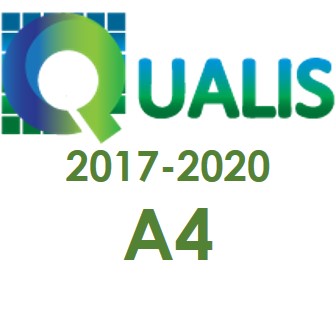Current Issue
Vol. 22 (2024): Estudos da Língua(gem) - ISSN: 1982-0534
Publicação contínua 2024
Published:
2024-08-17
Publicação contínua 2024

© Copyright 2005-2020- Estudos da Língua(gem) - All rights reserved

This work is licensed under a License Creative Commons Atribuição-NãoComercial-SemDerivações 4.0 Internacional.
ISSN: 1982-0534
CrossRef DOI: https://doi.org/10.22481/el
Qualis: B1, área de Linguística e Literatura, quadriênio 2013/2016.
INDEXING
CROSSREF
DIADORIM - Diretório de Políticas de Acesso Aberto das Revistas Científicas Brasileiras
DOAJ - Directoryof Open Access Journals
LATINDEX - Regional Cooperative Online Information System for Scholarly Journals from Latin America, the Caribbean, Spain and Portugal
MLA International Bibliography
Portal de Periódicos CAPES
PKP - PublicKnowledge Project.
Google Scholar
